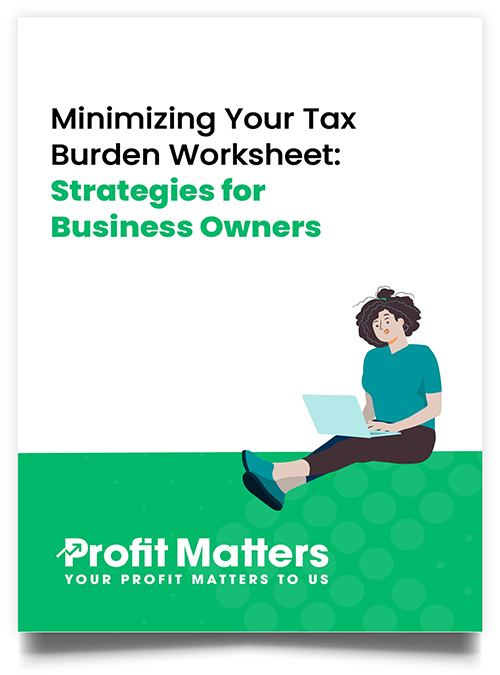hello@profitmatters.coYou can segue into small business ownership from freelancing, though — and it might be easier than you think. Check out these tips from Profit Matters for growing your business from freelancing.
Step 1: Upgrade Your Business Practices
Freelancing can involve various clients, a handful of billing methods, and a bit of scraping to make ends meet. In contrast, growing a company can mean more reliable income and streamlined organizational practices. But to get there, you’ll need to upgrade your approach to business operations.
Your first step should be to develop a system for invoicing clients that will help you appear more professional and stay on top of your accounts. An invoice generator can help you customize an invoice template so you’re ready when it’s time to collect from clients. When creating an invoice sample, make sure to include all your pertinent business information including your contact info and business name. Also add payment terms and include specifics about services rendered or products you’re billing for. When you’re finished, review your invoice to make sure you haven’t missed anything.
Another way to upgrade your client-facing approach? Overhaul your home office. If you’re hunkering down on the couch to handle client work or huddling in the walk-in closet for Zoom calls, think about alternatives like coworking spaces.
Step 2: Position Yourself as an Expert
The difference between a freelancer and a business owner can seem small. But to prospective clients, a professional who appears to be an expert is always the better choice. Unfortunately, some folks’ perceptions of freelancers are akin to a replaceable and less expensive labor solution rather than an expert in the industry who’s worth investing in.
So how can you showcase your expertise — especially when you don’t have any (yet)? Simple: Create a website that backs up your talents, start pitching yourself online, and build a brand. The American Management Association suggests elevating your expertise by studying business professionals you hope to emulate, then teaching others what you’ve learned. The best way to do that is by blogging, developing a brand presence on social media, or launching a course — all things that can help cement your expert status.
Step 3: Create a Steady Client Stream
Another big difference between freelancers and small business owners is how each group finds clients. Freelancers may scour job boards, apply for openings, or list themselves on sites that sell services for rock-bottom prices. However, as a business owner, you’ll be encouraging the clients to come to you.
It can sound tough if you’re making the transition from job board to client intake. Still, orienting your business model around drawing in clients and then meeting their needs is far preferable to cold pitching into the void and hoping for the best.
The trick is to establish a passive means of attracting clients that keep working for you long after you set it up. As the Response Marketing Association highlights, lead nurturing helps you develop credibility and automates your sales cycle.
In short, following the steps of awareness, interest, consideration, purchase, and loyalty will help your small business earn and maintain a client base. And it can all happen while you’re handling services or creating products since the system is mostly automated.
Step 4: Get to Work!
Setting up your workflow and processes behind the scenes is the biggest challenge when switching from a freelance lifestyle to small business ownership. But once you have your invoicing system laid out, your branding going viral, and that conversion funnel doing the hard work of pulling in clients, it’s time to do your best work.
Now’s the time to dive into all the productivity hacks and burnout avoidance strategies. In truth, many small business owners — around 33 percent — work more than 50 hours a week. Maintaining balance is tough, but it’s a necessity if you plan to grow your business over the long term.
While both freelancing and small business owners have their share of challenges, making the leap to a company structure can be beneficial in many ways. Following these steps is an excellent start — but dedication is also crucial.
Does your small business need an experienced accounting team? Profit Matters can provide the pros without the hassle of hiring and training your own accountants. Call (972) 736-8810 or email hello@profitmatters.co for more information.
Photo via Unsplash
Article written by Lance Cody-Valdez



